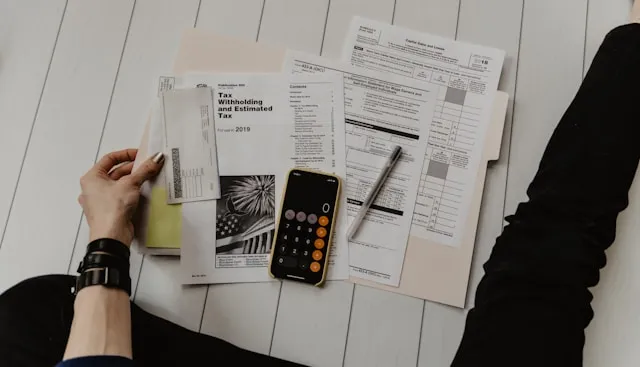What To Do About Your Capital Gains - Part 1

Did your investments go up in 2020? If you haven’t logged into your account in a while now is probably a good time since markets surged last year after their big drop in March 2020. If you were bold enough to invest in a few hot technology stocks over the summer with that “play account” you’ve been trading you might even have a few larger than normal capital gains at this point and are wondering “what do I do now?”

There is a lot to potentially know about capital gains and how they work, so I have divided this up into a three part series. Part 1 will introduce us to the basics of capital gains, part 2 will discuss some strategies to reduce or eliminate the tax cost of capital gains, and part 3 will discuss some pitfalls to avoid.
Part 1: What are capital gains?
A quick refresher on what a capital gain is: Let’s say you bought Zoom Video (ZM) on January 3rd, 2020 for $67 per share. If you are still holding it today as of January 25, 2020 the stock is trading around $382 per share. The difference between what you can sell Zoom for, and what you paid for it is your capital gain. In this case approximately $315 per share. That’s neat, and as a long-term capital gain that’s even better, because it qualifies for some preferential tax treatment we will discuss below.
Capital gains aren’t just on individual stocks, they come from the sale of mutual funds, real estate, bonds, among other things. In many ways a capital gain is a good problem to have, as it means you made money from the sale of your asset.
The first thing I like to remind people is not to “let the tax tail wag the dog,” and make decisions solely based on the tax outcome. Pause a moment to consider whether your new investment allocation fits your financial planning needs. When stocks go up dramatically, they can start to overtake the balance of the portfolio, and the need to trim back might be in order. This is why I hope you have an Investment Policy Statement to guide you on how much of each kind of investment you should have in your portfolio.
Having said that, if you and your advisor decide the time is right to sell some of these big winners, here are a couple other things to know.
- Short Term Capital Gains vs. Long Term Capital Gains - If you don’t hold your stock position for at least one year and one day it is a short term gain, and it is taxed at the same rate as the rest of your income. (one more time for the people in the back: long term equals one year and one day!). Long Term rates can be considerably lower than short term rates.
- Short and Long Term Capital Gains Rates - Holding an asset long term is important to unlock preferential tax treatment. An asset held for one year or less is considered short term and taxed at the same rates your ordinary income is taxed. However long term rates follow the brackets below
How do these compare to your regular rates? For individuals with taxable income from $40,401 - $445,850 we can see the capital gains rate is 15%. Ordinary income tax rates in this bracket range from 22% to as high as 35% for 2021.
How to use this information
Talk with your accountant about how your tax situation is shaping up for 2021. The income reported from capital gains affects many other areas of your tax return which will be discussed in later parts of this series. Work with your financial planner as well to determine what adjustments to the portfolio might be necessary, regardless of tax implications, and what adjustments can be phased in over time.



